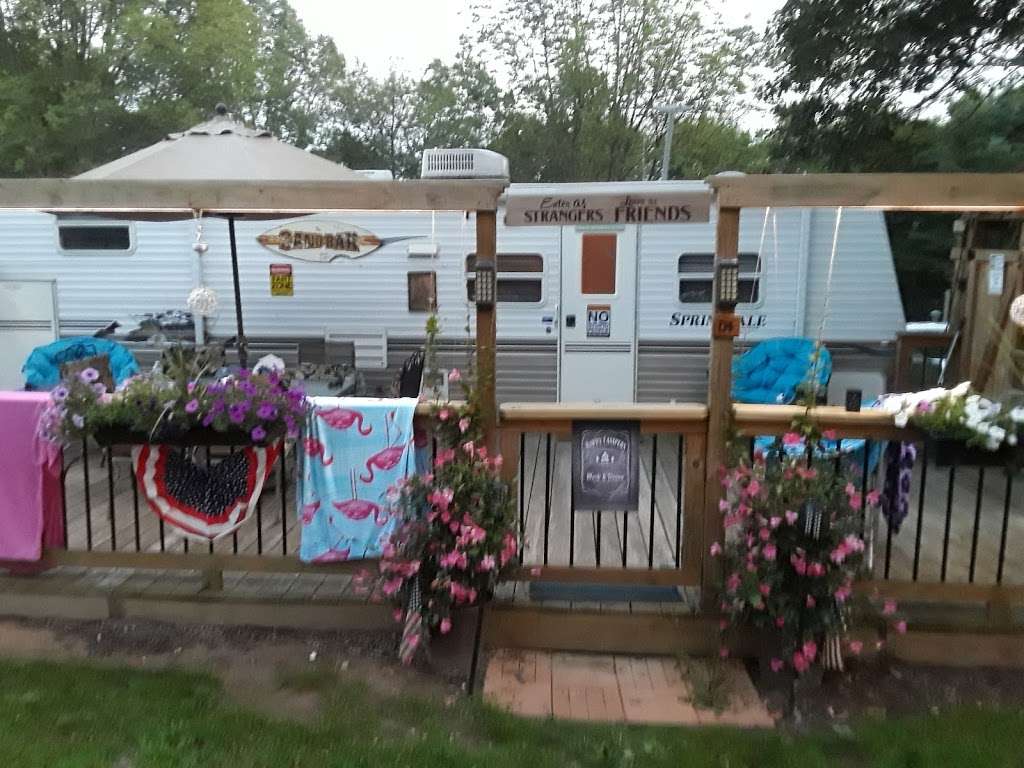


The Netherlands seized Aruba from Spain in 1636 in the course of the Thirty Years' War. See also: Cas di torto Remains of a gold mill at Bushiribana The island's low rainfall and arid landscape meant that it was not considered profitable for a slave-based plantation system, so the type of large-scale slavery so common on other Caribbean islands never became established on Aruba. From 1513 the Spanish began enslaving the Caiquetio, sending many to a life of forced labour in the mines of Hispaniola. Alonso de Ojeda was appointed the island's first governor in 1508. Vespucci and Ojeda's tales spurred interest in Aruba, and the Spanish began colonising the island. Vespucci returned to Spain with stocks of cotton and brazilwood from the island and described houses built into the ocean. Both men described Aruba as an "island of giants", remarking on the comparatively large stature of the native Caiquetio. The first Europeans to visit Aruba were Amerigo Vespucci and Alonso de Ojeda in 1499, who claimed the island for Spain. Archaeological evidence suggests continuing links between these native Arubans and Amerindian peoples of mainland South America. The first identifiable group are the Arawak Caiquetio Amerindians who migrated from South America about 1000 AD. There has been a human presence on Aruba from as early as circa 2000 BC.

See also: Dutch Caribbean Pre-colonial era Arawak petroglyphs in the Ayo Rocks It was not until, a century later, in 1824, that gold was discovered on Aruba by a twelve year-old herder named Willem Rasmijn leading to the Aruban Gold Rush. However, the Spanish declared these islands islas inútiles, meaning "useless islands", due to their lack of mineral wealth. The Kalinago also had two names for the island Ora Oubao which means "Shell island" and Oirubae which means "Companion of Curaçao".Ī common misconception is that the name "Aruba" came from Oro hubo, (Spanish for "There was gold once"). The Taino name for the island was Arubeira. Another Caiquetio name for the island was Oibubia which means "Guided island". There were many different names for Aruba used by other Amerindian groups, all of which could have contributed to the present-day name Aruba. After the signing, the island was ceded to the Dutch and gradually its name changed to Aruba. Between 1529 and the signing of the Treaty of Westphalia (1648), the name "Isla de Oruba" was used for the island by the Spanish. The name Aruba most likely came from the Caiquetio Oruba which means "Well situated island", seeing as it was the Caiquetio who were present on the island when it was first set foot upon by Alonso de Ojeda. Its area is 179 km 2 (69.1 sq mi) and it is quite densely populated, with 108,166 inhabitants per the 2020 census. The relatively warm and sunny weather, and the climate allow for related tourism activities all year round. Unlike much of the Caribbean region, Aruba has a dry climate and an arid, cactus-strewn landscape. Aruba has no administrative subdivisions, but, for census purposes, is divided into eight regions. In 1986, it became a constituent country within the Kingdom of the Netherlands, and acquired the formal name the Country of Aruba.Īruba is one of the four countries that form the Kingdom of the Netherlands, along with the Netherlands, Curaçao, and Sint Maarten the citizens of these countries are all Dutch nationals. Collectively, these and the other three Dutch substantial islands in the Caribbean are often called the Dutch Caribbean, of which Aruba has about one-third of the population. Together with Bonaire and Curaçao, Aruba forms a group referred to as the ABC islands. It measures 32 kilometres (20 mi) long from its northwestern to its southeastern end and 10 kilometres (6 mi) across at its widest point. Aruba ( / ə ˈ r uː b ə/ ə- ROO-bə, Dutch: ( listen), Papiamento: ), officially the Country of Aruba ( Dutch: Land Aruba Papiamento: Pais Aruba), is a constituent country of the Kingdom of the Netherlands physically located in the mid-south of the Caribbean Sea, about 29 kilometres (18 mi) north of the Venezuela peninsula of Paraguaná and 80 kilometres (50 mi) northwest of Curaçao.


 0 kommentar(er)
0 kommentar(er)
